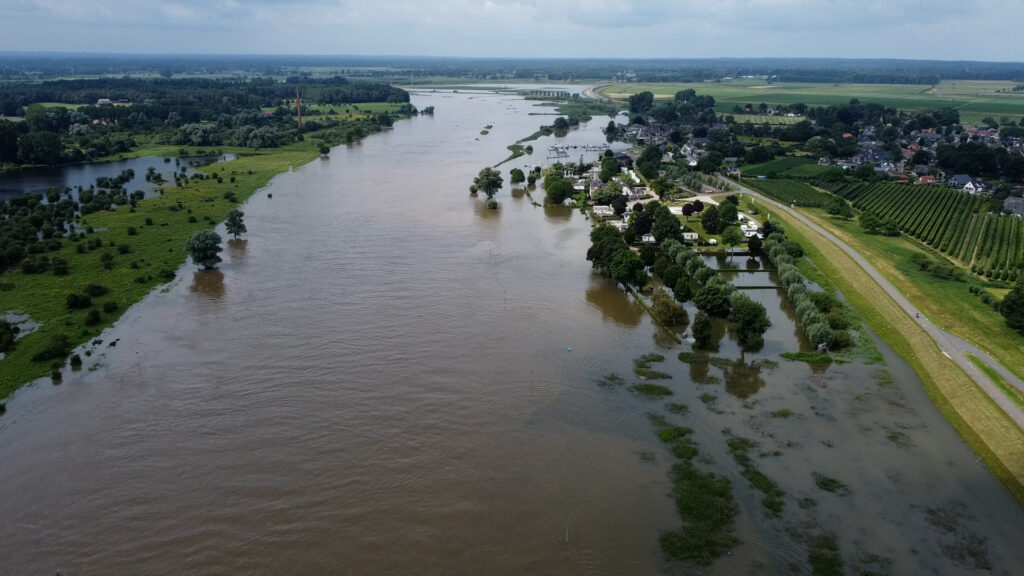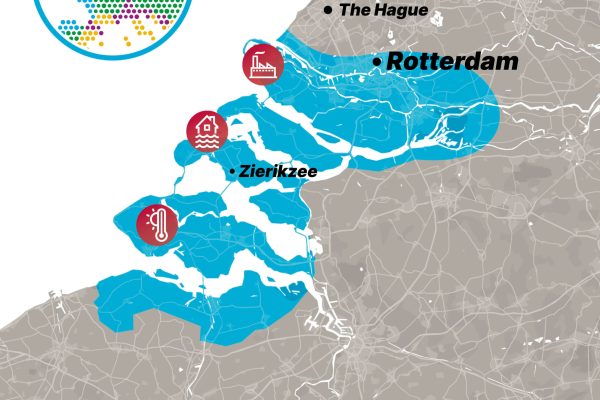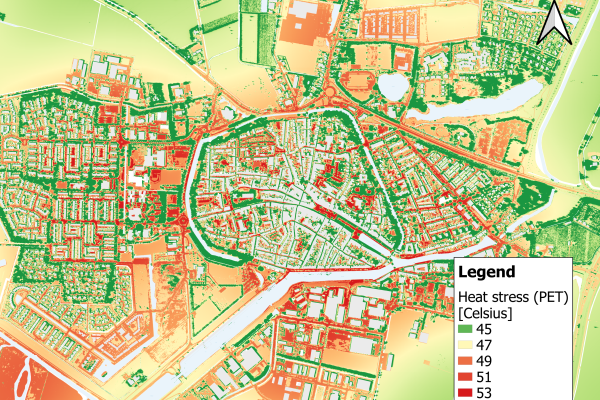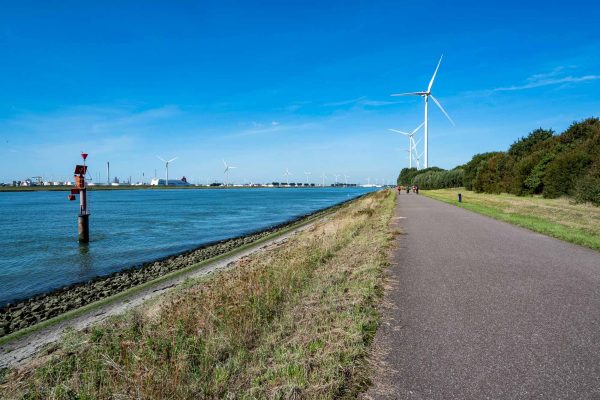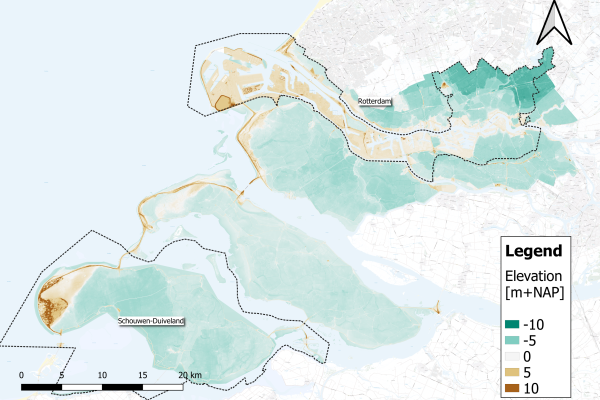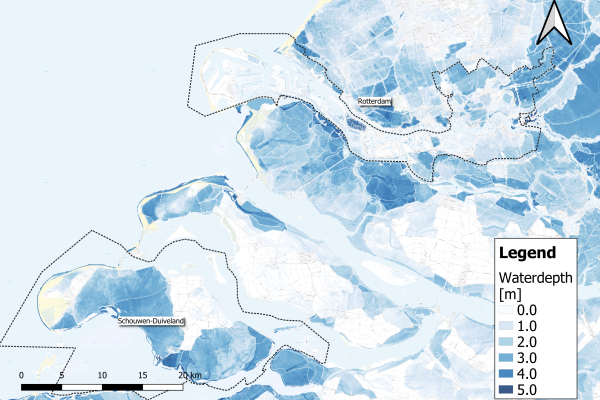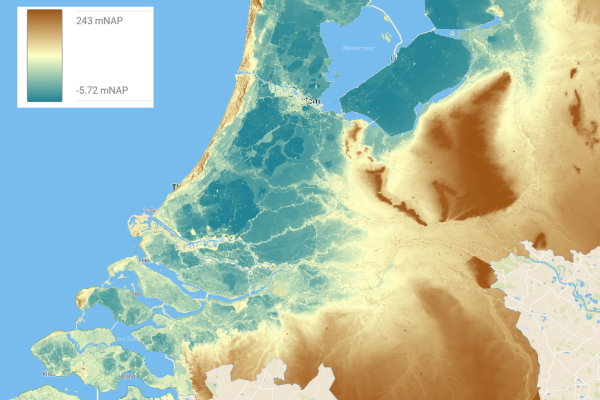After setting the scene on IMPETUS work in the Netherlands last year, with the help of Martine Rottink, a consultant at Nelen & Schuurmans, we share some more light on the activities in the IMPETUS Atlantic Demosite. With climate change on the rise, the IMPETUS project is set to introduce a cutting-edge decision support tool designed to reshape spatial planning and fortify communities against the looming threat of floods.
The Atlantic demosite
Within the IMPETUS project, partners working in the Atlantic demosite are looking to create digital support tools for climate change mitigation and adaptation related to different climate risks. The adaptation efforts are focused on heat stress and flooding risks, where the mitigation efforts of the projects are directed to stimulation of the decarbonization of chemical clusters within the Port of Rotterdam. For each of the topics in the Atlantic demosite, the project partners are working on the development of new and innovative tools and technology, that are meant to accelerate the implementation of both mitigation and adaptation measures.
Navigating Risk through innovative visualization and collaboration networks
Flood risk management is more than just predicting the likelihood of a flood event. Risk, in the IMPETUS project framework, is a product of consequence and probability. The project considers not only the potential occurrence of floods but also factors in consequences such as casualties and economic damages.
While flood maps covering the entire country exist, translating this wealth of data into practical spatial planning measures has proven challenging. For this reason, IMPETUS partners have been involving diverse stakeholders, particularly municipal decision-makers responsible for spatial planning, to help design their solutions. Workshops and collaborative discussions form a crucial part of shaping the decision support tool to ensure it meets the real-world needs of those on the front lines.
From the different stakeholder sessions, it became apparent that a better visualization of flood simulations might help the implementation of flood adaptation measures. Currently, flood simulations are visualized in 2D maps. However, visualizing these flood simulations in 3D, projected in a 3D digital environment, would help both policy-makers and the broader public in general to grasp the impact of potential flood events and therefore stimulate the acceleration of flood measures.
Simulating tomorrow – a tool-in-progress
The IMPETUS decision support tool is no static concept; it’s an evolving online application that can be tailored to the needs of specific municipalities. Its capabilities? Offering critical insights into flood risks, potential consequences, and actionable measures for new developments. The development process is iterative, with ongoing input from stakeholders.
One of the main goals within the Atlantic demosite is to develop a tool that can be used by municipalities everywhere in the Netherlands to obtain more insight into the flood risks in their area. By incorporating flood risks very early on in spatial development processes, future flood risks can be decreased or even avoided. The tool can play an essential role in these processes.
Fostering a culture of Innovation
The IMPETUS project is not just about data and simulations; it’s about fostering a culture of innovation. Rottink highlights a local example—floating houses in Utrecht—that showcases how innovative construction methods can align with spatial planning, considering the imminent threat of floods.
Work in the Atlantic Demosite is steering the Netherlands toward a future where flood risk management is not just a reactive measure but an integral part of urban planning. By amalgamating scientific insights, stakeholder input, and an interactive decision support tool, Impetus seeks to fortify communities and infrastructure, paving the way for resilient and sustainable urban development in the face of evolving climate challenges.
